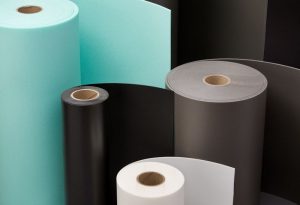 Polyethylene foam is a cross-linked foam that both looks good and has a range of applicable uses. Its strengths as a material include its smooth surface, low water absorption, and vapor transmission. Let’s look at some common every day uses.
Polyethylene foam is a cross-linked foam that both looks good and has a range of applicable uses. Its strengths as a material include its smooth surface, low water absorption, and vapor transmission. Let’s look at some common every day uses.
Construction
Polyethylene foam has extensive use in the construction industry. The foam is used as a gap filler, but most commonly as a layer beneath flooring for acoustic dampening. With a layer of Polyethylene foam beneath a rubber or vinyl floor, there is a significant reduction of impact noise. According to Foam Factory, Inc, it also works as a sound barrier in or on walls, ceilings or floors.
Automotive
Another industry that makes extensive use of Polyethylene foam is the auto industry. A large number of items including auto body side-molding, anti-rattle pads, gaskets, water shields, and floor underlay. Even for automotive use, there are acoustic foam applications to reduce road noise through the doors and engine bay.
Sporting
Every form of padding in sports that you can think of consists of or makes use of Polyethylene foam in some capacity. Example products that use the foam are the inside of helmets, shoulder pads, and grips. Another example of sporting use in camping gear, like mats, boots, and the back support of backpacks.
General
The most common uses that we come across regularly would be as packing material, tap package, laptop cases, and electronic padding. Polyethylene foam is one of the most widely used foam for industrial use.
